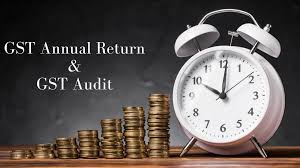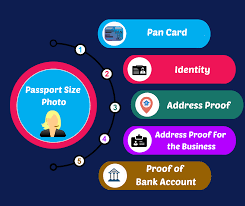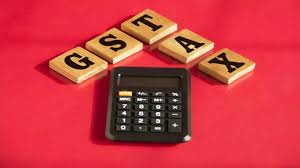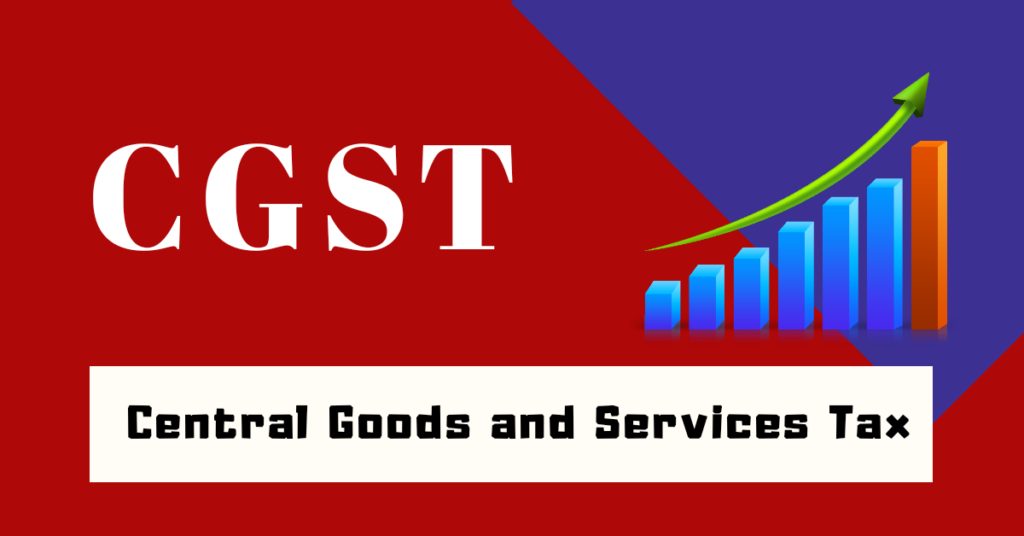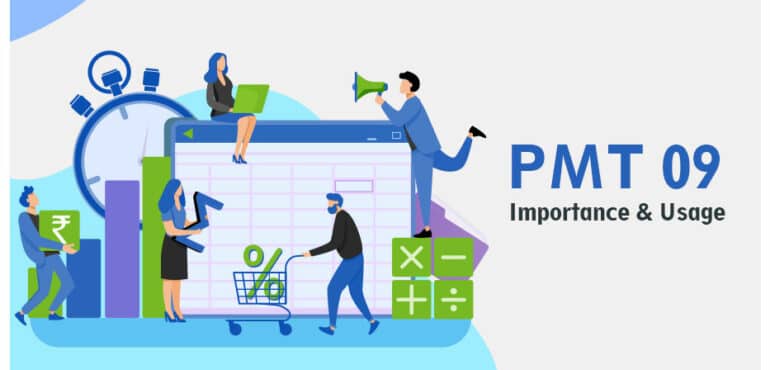GST Rates
The GST Council determines the GST rate slabs. The GST Council reviews the rate slabs for goods and services on a regular basis. GST rates are typically high for luxury items and low for necessities. GST rates in India for various goods and services are divided into four slabs: 5% GST, 12% GST, 18% GST, […]

